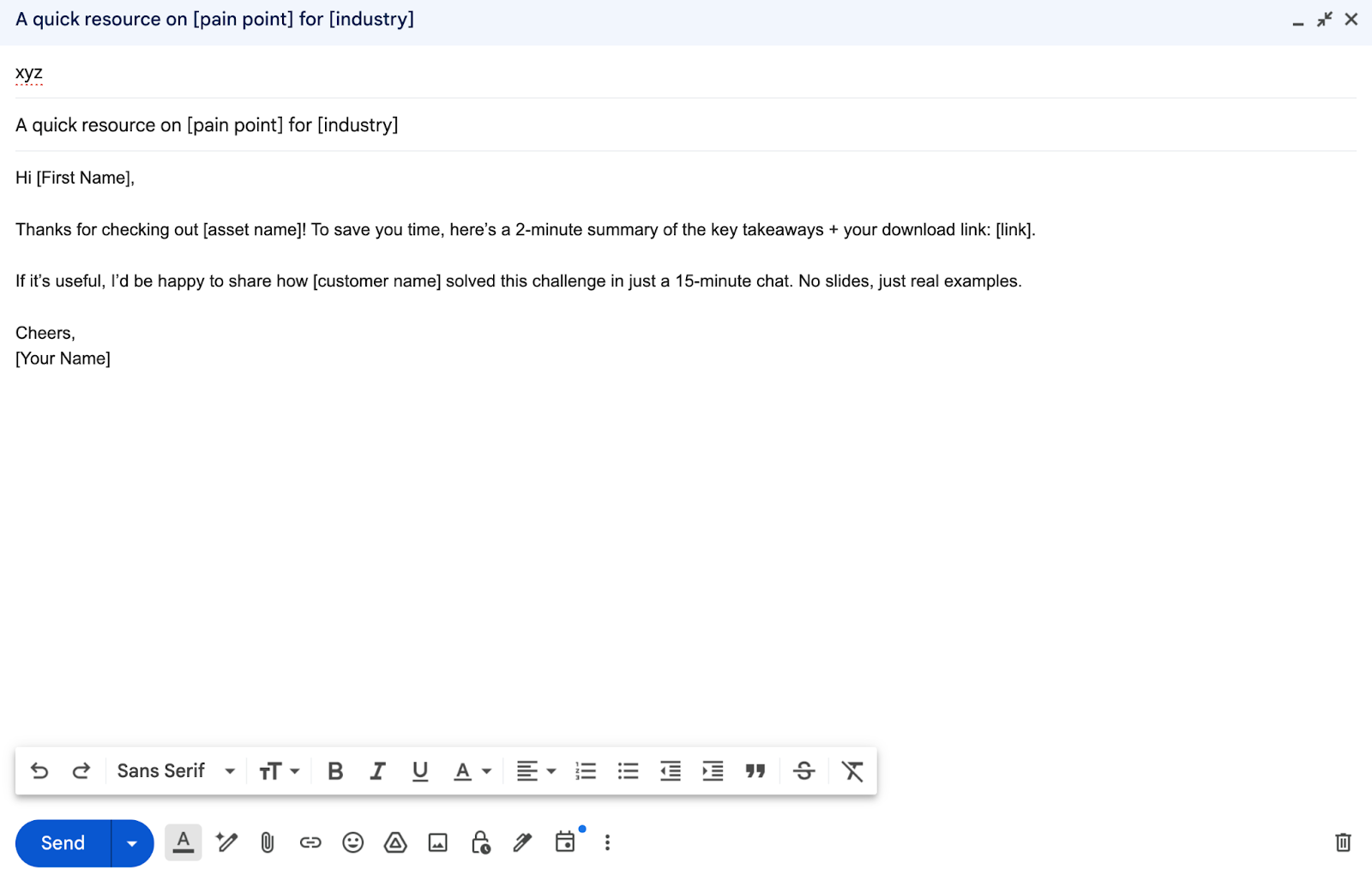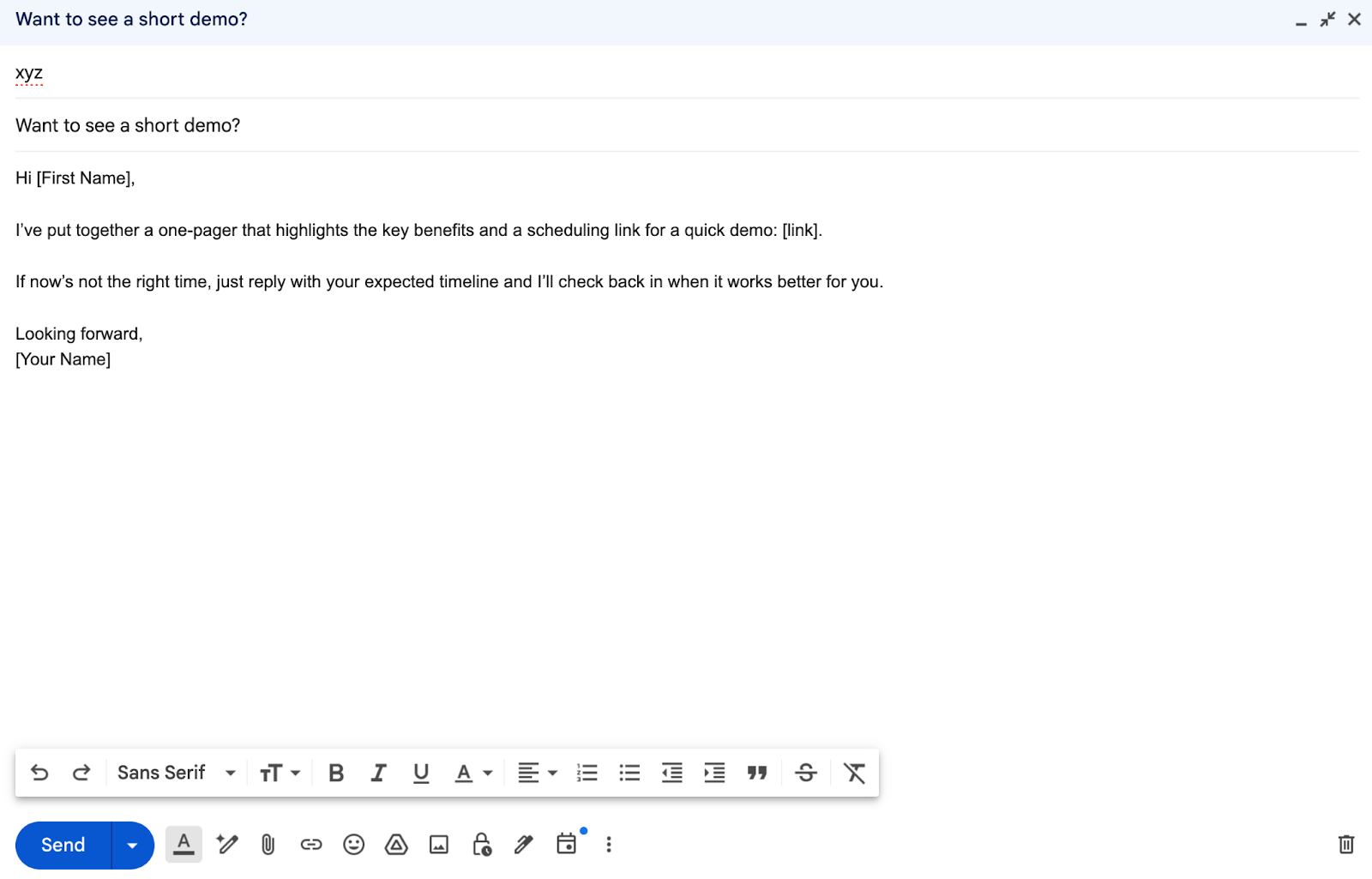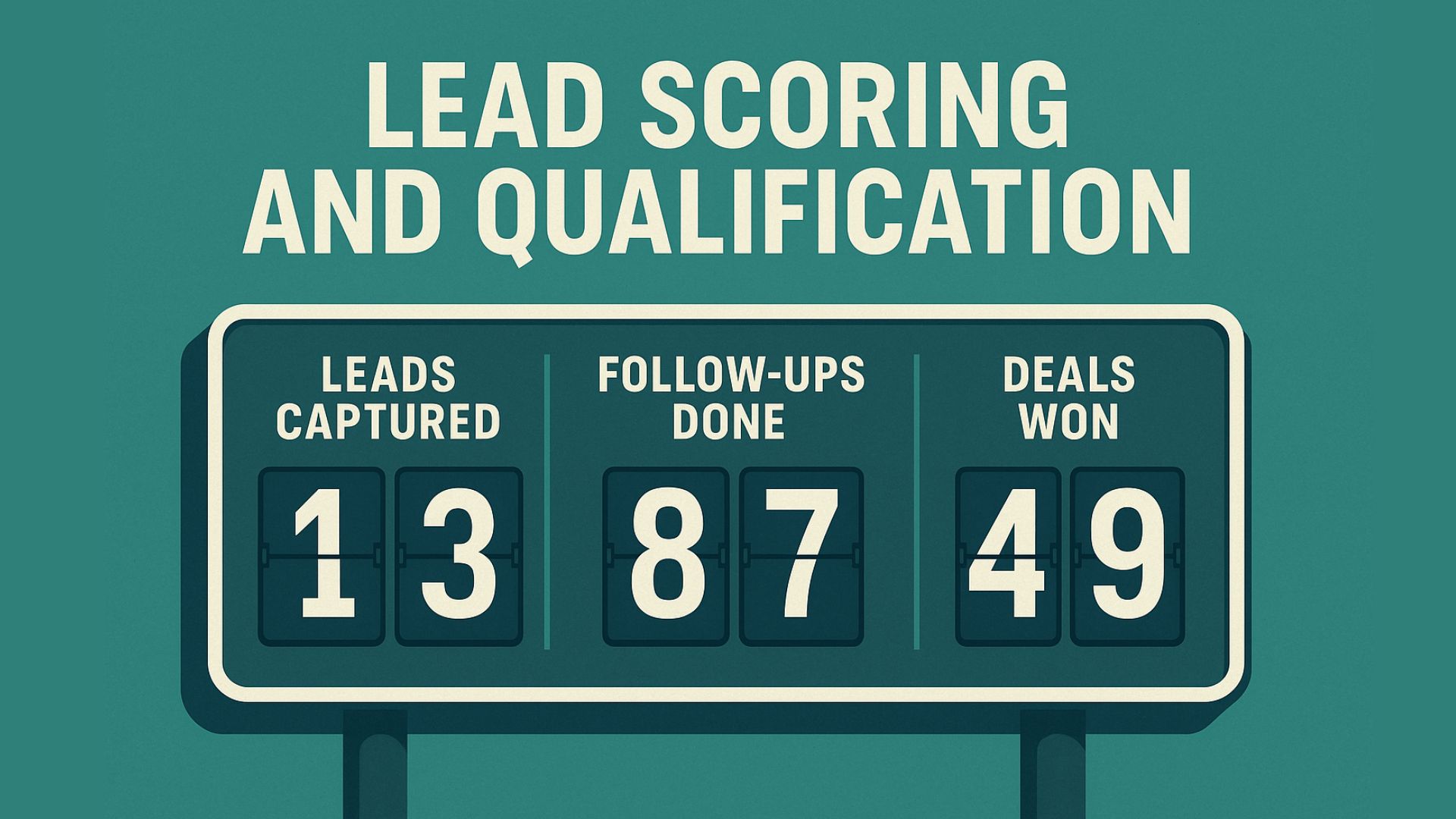

Most leads don’t convert right away - but with the right nurturing, they can. This guide breaks down proven frameworks, techniques, and tools to move leads from interest to intent.
What is lead nurturing?
This process has different layers to it. It’s more sequential, carefully timed, and behaviour-driven. When it comes to the funnel, it sits in the middle of lead generation (getting information) and decision & conversion (closing a deal) - MOFU.
If we talk specifically about the B2B landscape, 96% of the leads don’t convert after they first visit your website. A significant amount of leads are lost because there was no follow up, or due to inconsistent engagement.
Additionally, according to Marketo, organizations that prioritize nurturing generate 50% more sales-ready leads while still spending less than 33% on each lead.
All in all, lead nurturing builds trust through personalized, consistent engagement.
Frameworks & cadences that work
Depending on how far along the prospect is in his/her buyer journey, there is a lead nurturing sequence to follow:
TOFU → MOFU → BOFU mapping
About 47% of the nurtured leads are also more likely to make a larger purchase, therefore increasing the overall ROI.
This kind of consistent engagement is crucial in building trust where recipients know you’re not just trying to make a sale but are keen on understanding their pain points and offering a tailored solution.
What are some effective lead nurturing techniques?
Segmentation & personalization
Divide your leads based on their industry, size, location, interest, and stage in the funnel. Now, tailor your content accordingly to disseminate information that matches their current pain points.
Why It’s Effective / Proven Stats
According to contactinfo, aligning content to the stage of the buyer’s journey can improve conversion rates by 72%.
Multichannel nurturing
Use all communication channels to educate the lead.
Email: Draft personalized emails by mentioning company specific information (achievement, feature update, etc).
According to contentmarketinginstitute, 78% of marketers think email marketing is the most effective lead nurturing channel.
Retargeting ads: keep your brand visible for mid/late-stage prospects.
LinkedIn: ideal for reaching decision-makers and doing 1:1 outreach at scale.
Chat & bot flows: capture intent on website; qualify and book demos.
Phone/SDR outreach: essential for BOFU and high-value accounts - but only after meaningful touches.
Why It’s Effective / Proven Stats
A Sproutworth article states that companies that meet leads at 3+ touchpoints see a 15% increase in conversion rates vs a single channel.
Marketing automation/ drip campaigns
Use tools to automate sending timed emails, follow-ups based on trigger events (form fill, click, inactivity), to keep leads engaged without manual intervention. This saves time, increases efficiency, uses much less resources, and reduces cost.
For example, these tools can track actions (like downloads or email clicks), then the system can send the next best piece of content automatically. If a lead clicks on a blog about pricing, the next email might invite them to a demo. This timely relevancy keeps prospects hooked.
Why It’s Effective / Proven Stats
According to Oracle, automating lead nurturing campaigns have seen 14% increase in sales productivity and 12.2% decrease in marketing spends.
Lead scoring/qualification
Give scores to each lead based on your Ideal Customer Profile (ICP), their engagement with you, and buying intent. This clears it for sales & marketing on ’sales-ready’ leads vs those who require further nurturing.
Why It’s Effective / Proven Stats
According to a study by Gartner, businesses using an AI-powered lead scoring model see a 20% hike in conversion rates.
Content marketing
Curate a content calendar and distribute content across different channels (blogs, whitepapers, videos, webinars, case studies, eBooks) based on the lead’s stage in the sales funnel.
Why It’s Effective / Proven Stats
According to Sci-tech-today, content aligned to stage boosts conversion rates by 72%.
Re-engagement/Drip-back campaigns
Let’s say, someone downloads a whitepaper, you send a thank-you email immediately (to ensure delivery), then 2-3 days later you send a follow-up that addresses a common question (is this solution right for me?). Subsequent emails might share testimonials or how-to guides, spaced a few days apart.
By “dripping” content instead of one blitz, you give prospects time to absorb each piece.
Importantly, you can also retarget those same leads with ads on social media or Google to reinforce the message.
What are the benefits of lead nurturing?
A 99firms study shows, nurtured leads convert 50% more often and make 47% larger purchases.
More qualified leads at a lower cost
As mentioned above, nurturing filters out sales ready leads, therefore, cutting cost per lead. This ensures interested buyers reach the bottom of the funnel with reduced wasted effort.
Larger deal sizes
Lead nurturing exposes leads to more information, fostering trust and confidence increasing their investing tendencies. Once base relationship is built, you can also upsell or cross-sell.
Faster close & shortened sales cycles
Nurtured leads move faster through later stages because their questions, objections, and trust factors have been addressed. This means fewer surprises at closing, and a faster, smoother path to conversion.
Better engagement & higher response rates
Lead nurturing with relevant, personalized & timely content increases open rates, click-through, and replies keeping your brand top of mind, improving the chances of conversion.
Long-term customer relationships & repeat sales
Nurturing builds trust. Even if the lead is not ready to buy at the moment, when need be, they remember your brand. This is excellent for repeat business, upsell, cross-sell because you’ve already developed a relationship.
Higher ROI
All of the above benefits combined tend to yield a higher ROI (when techniques are executed strategically) rather than pushing the product towards a sale.
Tools & tech stack (what you actually need)
Core
CRM: single source of truth (Superleap AI CRM).
MAP (Marketing Automation Platform): nurture orchestration (Marketo, Pardot).
Enablement
Sales Engagement: Outreach, Salesloft for calls and sequences.
Intent/enrichment: 6sense, Bombora, Clearbit.
CDP/data hygiene: Segment, Hightouch.
Analytics
Dashboard & reporting: Looker/Tableau for cross-platform dashboards.
Note: Start with CRM + MAP integrated and add intent/enrichment as your program matures.
Common mistakes and how to avoid them
Advanced nurturing tactics
ABM nurturing: create account-level nurture journeys for target accounts (multi-stakeholder orchestration).
Predictive & intent data: kick prospects into different nurture tracks when intent spikes.
AI-driven personalization: dynamic subject lines, personalized content blocks, next-best-action recommendations.
Creative testing at scale: auto-test subject lines, CTAs, and visual variants.
Short templates - practical, copy-ready
Here’s a simple 3-email sequence you can reuse.
Email 1: Day 0 (Welcome / Value)

Email 2: Day 3 (Case Study / Social Proof)

Email 3: Day 7 (Invite to Demo)

Conclusion
Lead nurturing is most effective when sales and marketing are aligned. Use data, automation, and timing to build trust and close faster.
Implement the techniques in this guide and see the results for yourself!
Heading text
Nunc sed faucibus bibendum feugiat sed interdum. Ipsum egestas condimentum mi massa. In tincidunt pharetra consectetur sed duis facilisis metus. Etiam egestas in nec sed et. Quis lobortis at sit dictum eget nibh tortor commodo cursus.
Odio felis sagittis, morbi feugiat tortor vitae feugiat fusce aliquet. Nam elementum urna nisi aliquet erat dolor enim. Ornare id morbi eget ipsum. Aliquam senectus neque ut id eget consectetur dictum. Donec posuere pharetra odio consequat scelerisque et, nunc tortor.
Nulla adipiscing erat a erat. Condimentum lorem posuere gravida enim posuere cursus diam.
.svg)





